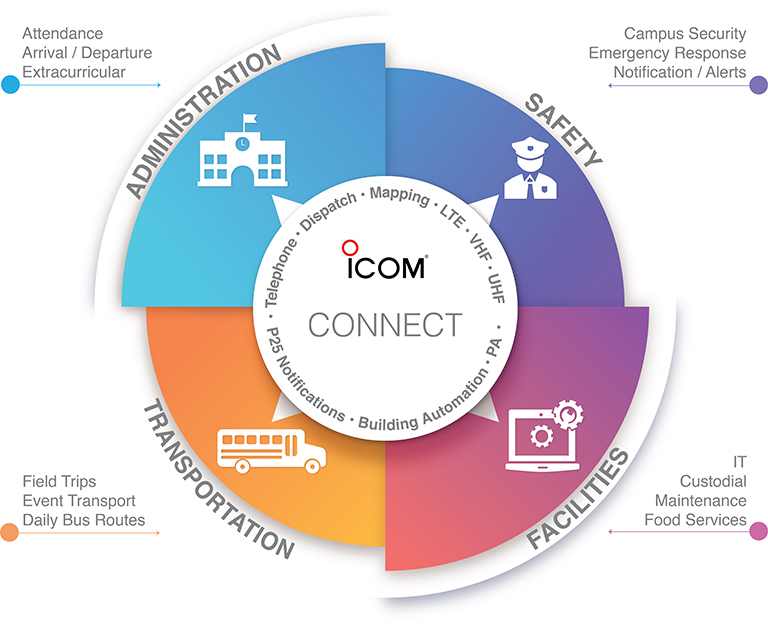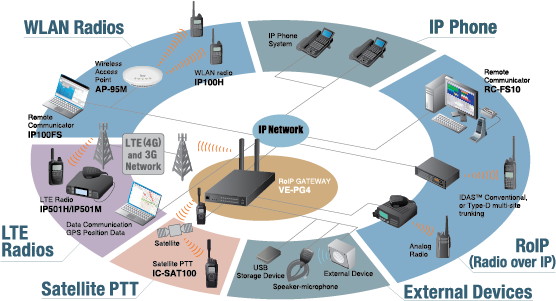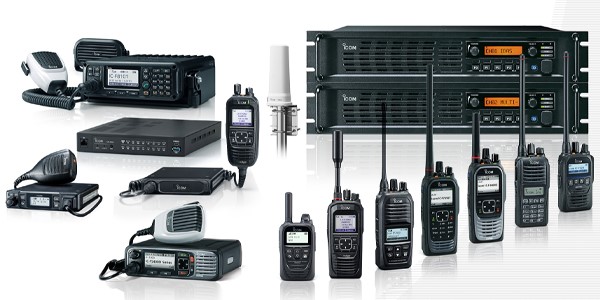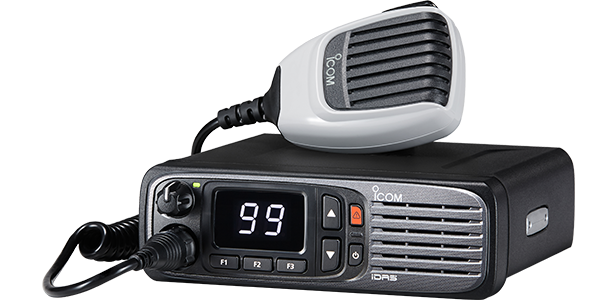
Summer break is when school districts look to improve their learning environment. Security and efficiency contribute to a productive learning atmosphere by providing a safe and well-maintained setting. Emergencies, disasters, and intruders require preparation and practice so that when they occur, everyone remains safe. Along with safety, efficiency ensures arrival/dismissal, extra-curricular, maintenance, cleanups, busing, and event transportation go as smoothly as possible. These things enable students to thrive and parents, faculty, staff, and the community to take pride in their schools.






